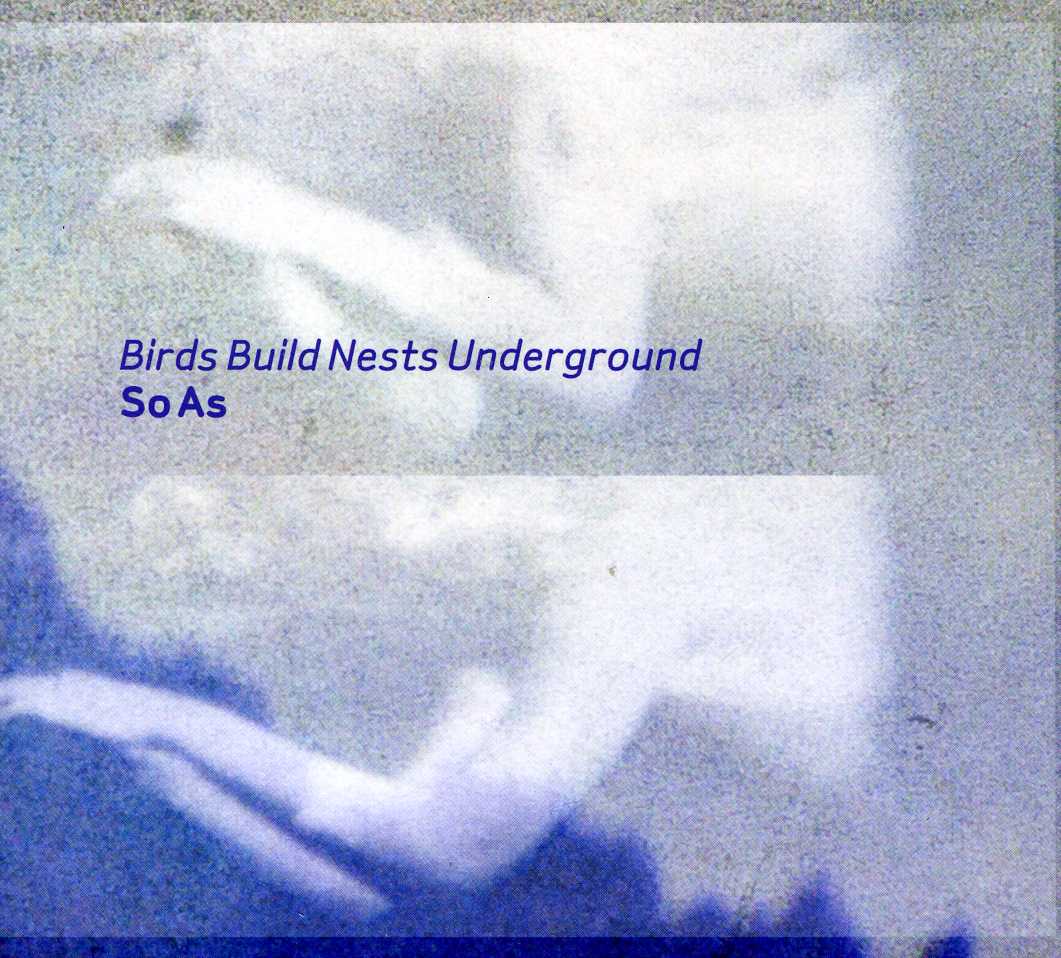
Denborough, David
product information
description
ful methodologies to respond to individuals, groups and communities who are experiencing hardship. These approaches are deliberately easy to engage with and can be used with children, young people and adults. The methodologies described include: Collective narrative documents, Enabling contributions through exchanging messages and convening definitional ceremonies, The Tree of Life: responding to vulnerable children, The Team of Life: giving young people a sporting chance, Checklists of social and psychological resistance, Collective narrative timelines, Maps of history, and Songs of sustenance. To illustrate these approaches, stories are shared from Australia, Southern Africa, Israel, Ireland, USA, Palestine, Rwanda and elsewhere. This book also breaks new ground in considering how responding to trauma also involves responding to social issues. How can our work contribute not only to 'healing' but also to 'social movement'? As we work with the stories of people's lives can we contribute to the remaking of folk culture? And is it possible to move beyond the dichotomy of individualism/collectivism? Collective narrative practices are now being engaged with in many different parts of the world. This book invites the reader to engage with these approaches in their own ways.
member goods
No member items were found under this heading.
Return Policy
All sales are final
Shipping
No special shipping considerations available.
Shipping fees determined at checkout.







